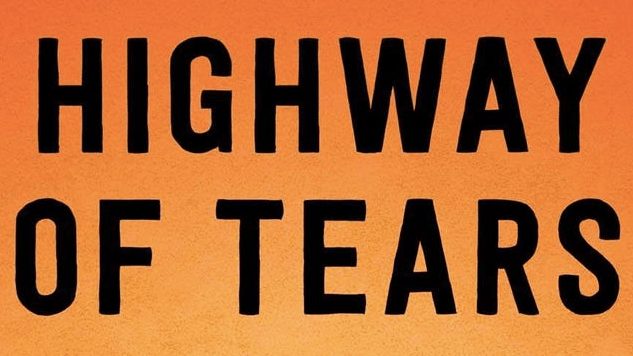Highway of Tears Reveals How Missing and Murdered Indigenous Women Are Denied Justice

Since the 1970s, dozens of Indigenous women and girls have disappeared or been murdered along Highway 16, a desolate road cutting through British Columbia known as the “Highway of Tears.” These cases have remained unsolved for decades, even as the tragic consequences continue to devastate the families and communities who mourn their loss. In her new book, Canadian journalist Jessica McDiarmid offers a searing account of how systemic racism robbed these victims of justice and continues to endanger Indigenous women and girls in Canada.
Highway of Tears: A True Story of Racism, Indifference, and the Pursuit of Justice for Missing and Murdered Indigenous Women and Girls is thoroughly researched. Through extensive interviews with the victims’ friends and families, McDiarmid provides an intimate account of each person—their personality, hobbies, aspirations—ensuring they’re viewed as three-dimensional individuals. McDiarmid also weaves in haunting statistics highlighting the injustice of each loss; Indigenous women in Canada are “six times more likely to be killed than non-Indigenous women,” and “they are in greater danger solely because they were born Indigenous and female.” The statistics are sometimes jarringly inserted into the narrative, but this flaw is easily overlooked given the abundance of information about tragedies that have received little attention.
 What attention the women and girls do receive is marred by systemic racism, and racial stereotypes are particularly rampant among the police force. When a teen from the community goes missing, the police are quick to dismiss worried parents, instead suggesting that the teen ran away or is sleeping off their alcohol-induced stupor somewhere. They insinuate that the victim’s lifestyle is to blame. In the rare instances where a case receives media attention, the article is usually buried under a small headline in the interior pages of the newspaper.
What attention the women and girls do receive is marred by systemic racism, and racial stereotypes are particularly rampant among the police force. When a teen from the community goes missing, the police are quick to dismiss worried parents, instead suggesting that the teen ran away or is sleeping off their alcohol-induced stupor somewhere. They insinuate that the victim’s lifestyle is to blame. In the rare instances where a case receives media attention, the article is usually buried under a small headline in the interior pages of the newspaper.
McDiarmid makes a strategic decision to include the case of a white hitchhiker who had gone missing. Unlike the cases involving Indigenous women, the hitchhiker’s case immediately garnered both national and international media attention and elicited an outpouring of support from across Canada. Hundreds of volunteer searchers combed British Columbia’s isolated forests, and local communities and businesses posted a $30,000 reward. McDiarmid highlights differences in media coverage of white versus Indigenous victims; articles covering white women often mention them by name and describe them using glowing adjectives, while those covering Indigenous women rarely refer to them by name and suggest their engagement in prostitution and drug use. Even in media, there is a “divide between those deemed good, innocent and worth saving and those considered bad, unworthy victims beyond redemption.”
Aside from focusing on the Highway of Tears cases, McDiarmid takes a broader perspective to comment on the historical injustices that have led to the ongoing inequality today. She traces a historical account of how colonial attitudes in the Canadian government have stripped Indigenous peoples of their rights, personhood, culture and identity. For example, although residential schools no longer exist, McDiarmid argues that the foster care system today causes the same trauma as the schools once did. The residential school system, which operated from the late 1800s into the late 20th century, was a system of enforced boarding schools where Indigenous children were taken from their families, forbidden to speak their native languages and indoctrinated into a Christian lifestyle. The purpose was to eliminate the presence of Indigenous culture in Canada. The foster care system today tears apart families, forces children to assimilate and imprints enduring trauma on individuals. These traumas now subject Indigenous communities to higher risks of poverty, crime and substance abuse.
The women and girls lost on the Highway of Tears haven’t received the justice they deserve. But in telling their stories and shining a light on the justice system and society that have failed them, McDiarmid hopes that change will finally happen—beginning with us.
Jane Huang is a neuroscience PhD student by day and a freelance writer by night. She currently lives in Pittsburgh, PA.







































